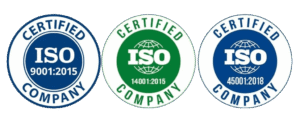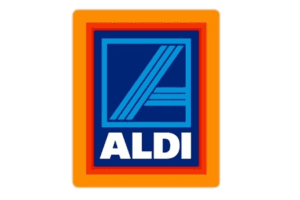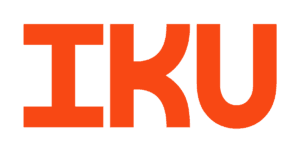Here are some solid, freely downloadable 3D safety vest models. Formats vary (OBJ, FBX, GLB, etc.), so check license and compatibility with your pipeline.
Don’t waste hours hunting for models — our team can create and customise your safety vests fast. Contact us today.
- High-Visibility Safety Vest (Sketchfab)
A lightweight vest model with ~10k triangles and PBR textures. Good for visualization and AR usage. Sketchfab - Safety Vest by Saurabh Buradkar (Sketchfab)
Simple, clean topology, good baseline to modify or integrate into characters. Sketchfab - Construction Vest Reflective (Polyfarm)
Low-poly PBR model, includes 4K textures. Useful for real-time rendering or VR/AR. Sketchfab - Safety Vest M1 (CGTrader)
Low-poly model intended for real-time use, with multiple export formats (FBX, OBJ, etc.). CGTrader - Men’s Safety Vest (3dia)
Higher resolution mesh, clean UVs, ready for character fitting. Sketchfab - Construction Vest Reflective (RigModels)
Free version of a fully textured model with various export formats. rigmodels.com - Vest Models on Free3D / Free Vest Collections
Free3D has many vest/safety vest-style models (OBJ, FBX, etc.) you can dig through. free3d.com+1
How to Choose the Right Model: Format, Poly Count, Licensing
Before you hit “download,” here are things you should check:
| Criteria | What to Watch Out For | Why It Matters |
|---|---|---|
| Format | OBJ, FBX, GLB, DAE, etc. | Must be compatible with your software pipeline (Unreal, Unity, Blender, etc.) |
| Poly Count / Topology | Low poly vs high poly, clean quad/tri mesh | For real-time, low poly is better; for renders, more detail is okay |
| Textures & UVs | PBR textures, non-overlapping UVs | Good material quality depends on UV setup |
| License / Usage Rights | Free, royalty-free, for commercial use? | You don’t want legal issues if using in a product |
| Scalability / Modularity | Ability to adjust size, detach elements | Better reuse, tweaking in your pipeline |
Steps to Import & Optimize Into Your Workflow
Here’s a simple roadmap:
- Import model into your 3D software (e.g. Blender, 3ds Max, Maya)
- Check scale & units — align with your scene’s unit (meters, cm)
- Inspect normals and flips — ensure all face normals point outward
- Adjust or clean topology if needed — merge vertices, remove stray faces
- Assign or adjust materials — PBR base color, metallic, roughness, normal maps
- LODs (Levels of Detail) — for game or real-time use, create simplified versions
- Export in the target format(s) your engine needs (e.g., FBX, GLB)
- Test in target environment — in engine, AR viewer, or render preview
Use Cases & Applications
- AR / VR / Real-time visualization — these free models are ideal when you need safety-gear visuals in immersive environments.
- Product mockups / marketing visuals — place the 3D vest on mannequins or avatars for promotional images.
- Training simulations — for safety training in construction, utilities, etc., 3D models help with realism.
- Game / character assets — integrate into your character wardrobes in games, especially industrial or simulation genres.
Common Pitfalls & How to Avoid Them
- Overly high poly for intended use — don’t use a 100k model for a mobile app.
- Missing textures — sometimes models come without textures or with mismatched UVs.
- Non-commercial licenses — be sure the license allows commercial use if your project is for business.
- Scale mismatch — always standardize scale so the vest fits avatars/characters properly.
- Inconsistent pivot/origin — set origin at center of mass or as required by your scene, else it becomes annoying to place.
Extra Tips & Resources
- Use Meshy.ai to search for or tweak vest models. Meshy AI
- Browse Cults3D for STL/3D printing versions that you can adapt. Cults 3D
- Use Yeggi to find 3D printable safety vest models in STL/3D printable formats. yeggi.com
- Always keep a blank template (vest mesh without textures) in your library — easier to customize later.
Conclusion
Finding a safety vest 3D model free download is relatively easy — as shown above, there are many quality options for various use cases. What really matters is selecting the right format, checking the license, and optimizing it to your pipeline.









